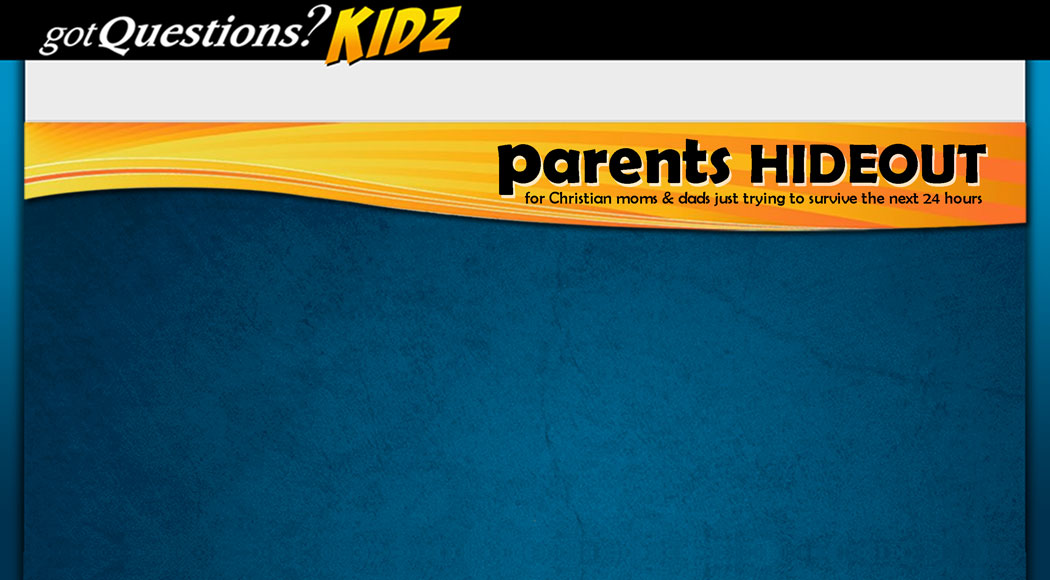
The Hobbit: The Desolation of Smaug Movie Review
by Rebekah Largent
 J.R.R. Tolkien’s classic book, The Hobbit, has been one of my favorites through the years. So I was quite excited when The Hobbit: An Unexpected Journey came out on the big screen in 2012. It was with no less excitement that I went to see the sequel, The Hobbit: The Desolation of Smaug, just a few days ago.
J.R.R. Tolkien’s classic book, The Hobbit, has been one of my favorites through the years. So I was quite excited when The Hobbit: An Unexpected Journey came out on the big screen in 2012. It was with no less excitement that I went to see the sequel, The Hobbit: The Desolation of Smaug, just a few days ago.
The Hobbit, the Desolation of Smaug picks up where the first movie left off—the Hobbit, Bilbo Baggins, and his 12 dwarf friends are traveling with the wizard Gandalf across middle earth to reclaim the Lonely Mountain, a dwarf stronghold that had been defeated many years previous. To do this, they must find the lost Arkenstone and unite the dwarf clans across the country. But there’s a catch: at the end of their journey (unbeknownst to Bilbo), a giant dragon named Smaug awaits, guarding the hordes of treasure he had stolen from the dwarves when he captured the Lonely Mountain.
The movie is full of fast-paced action, interesting characters, and a compelling story. There are many edge-of-your-seat moments, including a sequence where the dwarves must escape the woodland elves by riding barrels down a choppy river, all the while avoiding attack by an army of orcs and goblins. And when Smaug appears, his immensity, booming voice, and fierce expressions are enough to make even the biggest dragon fan a bit nervous.
The special effects are, of course, amazing. Smaug himself is a triumph of CGI technology—so much so that during the movie I never thought to question whether he was real. The beautiful New Zealand landscape is often enhanced with the dark forests and elven hideaways of Middle Earth. The various creatures are realistic and sometimes terrifying (giant spiders, anyone?).
While The Desolation of Smaug is a wonderful showcase of the strength of friendship and teamwork, as well as a classic story of good vs. evil, there are some reasons for parents to be careful when considering taking their young children to this movie.
There is no bad language in the movie, which is certainly a breath of fresh air. But the film earns its PG-13 rating through various intense scenes, some of which would easily scare younger children. In addition to that, there is a fair amount of violence that includes several battle scenes (which churn out numerous deaths) and images of goblins losing their limbs or heads to the elves’ weapons. The giant spiders also meet some gruesome fates as they are stabbed in the head or have their legs pulled off by the dwarves. There is little in the way of actual blood, but that doesn’t do much to decrease the violence aspect. Aside from this, there is also a point of partial nudity when a shape-shifter changes from a bear back into a man. Although it’s dark, we can see from behind that he is not wearing any clothes. Lastly, the necromancer (the real bad guy in film) is very dark and evil. Although he appears only briefly, he could potentially be the most frightening villain.
There is one other drawback to this movie that may be a deterrent to some. If you’re looking for a recreation of the events of the book, you won’t find that here. In order to make three full-length movies (at almost three hours apiece), the writers and directors stretched scenes from the book, created additional scenes, and introduced some new characters. Personally, I felt that, while I recognized a lot of events from the book, they were lengthened and added to so much that the movie seemed to only nod to the book.
Overall, The Hobbit: The Desolation of Smaug is an entertaining and generally clean movie. However, because of the violence, intensity, length, and veiled partial nudity, I would not recommend this movie for children under 13.
Rebekah Largent is a mom, a wife, and a writer/editor. After many years in the children's curriculum industry, she switched over to Internet ministry at Got Questions Ministries as a writer and editor. In addition to editing and writing articles for GotQuestions.org, she also manages the GQKidz.org website.
comments powered by Disqus
- Zootopia (Disney)
- Kung Fu Panda 3 (China Film/Dreamworks)
- Inside Out (Pixar)
- Jurassic World (Amblin and Legendary)
- Tomorrowland (Disney)
- Avengers: Age of Ultron (Marvel)
- Cinderella (Disney)
- The Hobbit: Battle of the Five Armies
(New Line Cinema) - Mockingjay - Part 1 (Lionsgate Films)
- Five Nights at Freddy's (Scott Cawthon)
- Big Hero 6 (Walt Disney Aninimation Studios)
- Dolphin Tale 2 (Alcon Entertainment)
- Girl to Girl by Sarah O'Leary Burningham
- The Boxtrolls (Laika Entertainment)
- The Jesus Storybook Bible by Sally
Lloyd-Jones - Guardians of the Galaxy (Marvel Studios)
- How to Train Your Dragon 2 (DreamWorks)
- Maleficent (Walt Disney Pictures)
- The Book of the King by Jerry B. Jenkins
and Chris Fabry - The Tale of Three Trees retold by Angela
Elwell Hunt - Muppets Most Wanted (Walt Disney
Studios) - City of Bones by Cassandra Clare
- The LEGO Movie (Warner Bros. Pictures)
- Saving Mr. Banks (Walt Disney Pictures)
- The Hobbit: The Desolation of Smaug
(WingNut Films) - Frozen (Walt Disney Studios)
- Hope for the Weary Mom: Where God
Meets You in Your Mess by Stacey Thacker
and Brooke McGlothlin - Christian Heroes: Then and Now by Janet
and Geoff Benge - Wonder by R.J. Palacio
- Disney Infinity (Disney Interactive)
- Ender's Game by Orson Scott Card
- Turbo (DreamWorks)
- Despicable Me vs. Monsters University
- Epic (Blue Sky Studios)



